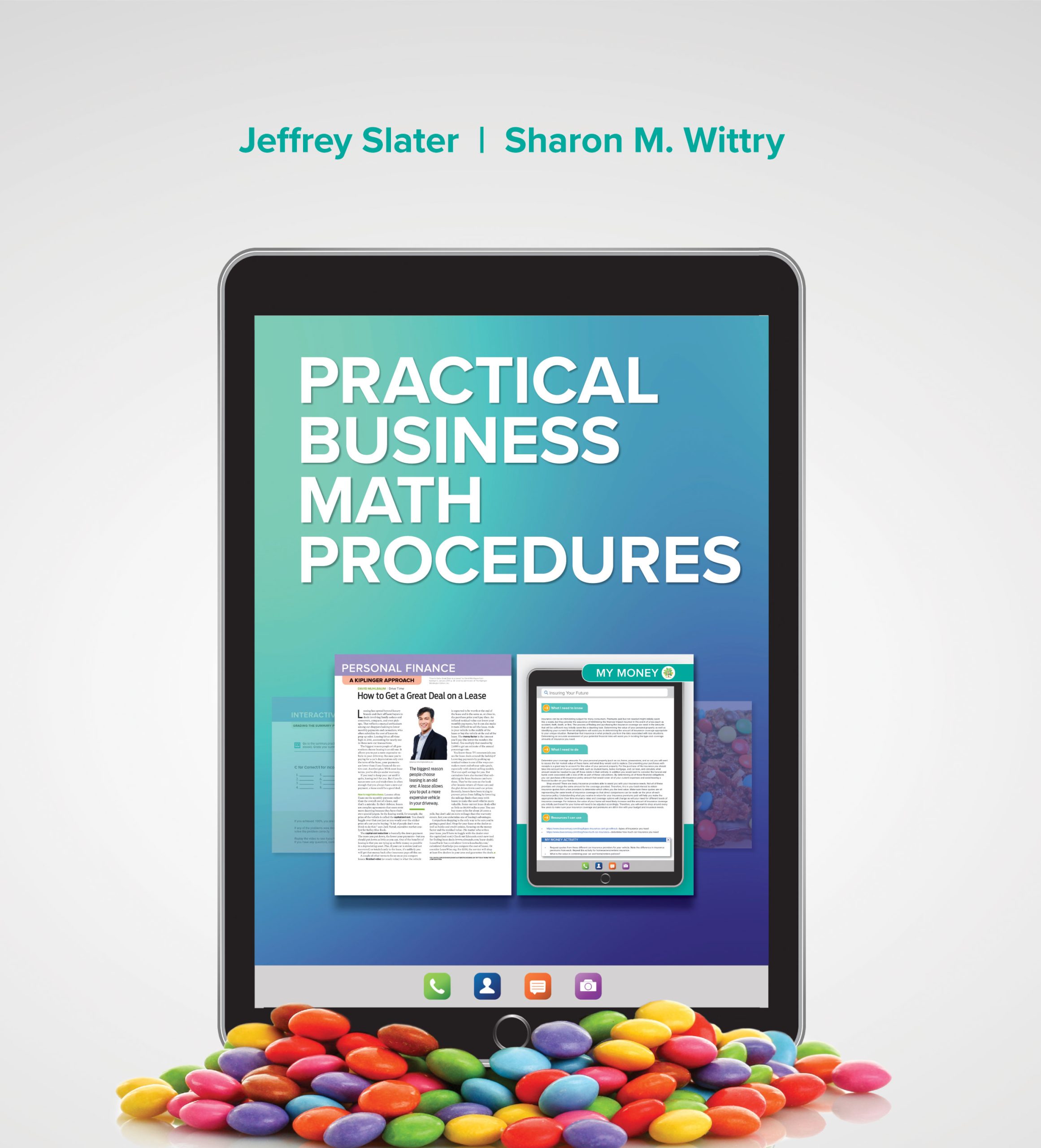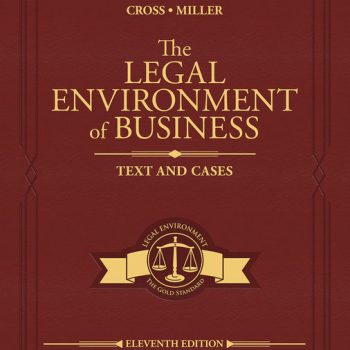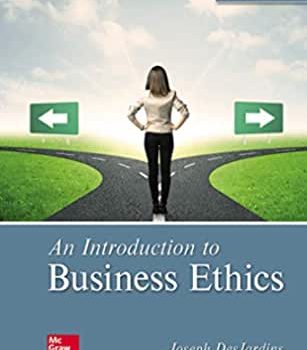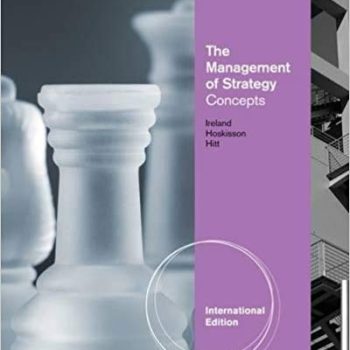Test Bank For Practical Business Math Procedures Jeffrey Slater 13 Edition
Practical Business Math Procedures, 13e (Slater)
Chapter 2 Fractions
1) A proper fraction is when the numerator is greater than the denominator.
Answer: FALSE
Explanation: A proper fraction is when the numerator is smaller than the denominator.
Difficulty: 1 Easy
Topic: LU 02-01 Types of Fractions and Conversion Procedures
Learning Objective: 02-01 (1) Recognize the three types of fractions.
Bloom’s: Remember
Type: Static
Accessibility: Keyboard Navigation
2) The writing of a whole number and a proper fraction is an improper fraction.
Answer: FALSE
Explanation: The writing of a whole number and a proper fraction is a mixed number.
Difficulty: 1 Easy
Topic: LU 02-01 Types of Fractions and Conversion Procedures
Learning Objective: 02-01 (1) Recognize the three types of fractions.
Bloom’s: Remember
Type: Static
Accessibility: Keyboard Navigation
3) 4/5 is a proper fraction.
Answer: TRUE
Explanation: Review your notes on terminology and vocabulary related to this material.
Difficulty: 1 Easy
Topic: LU 02-01 Types of Fractions and Conversion Procedures
Learning Objective: 02-01 (1) Recognize the three types of fractions.
Bloom’s: Remember
Type: Static
Accessibility: Keyboard Navigation
4) When a mixed number is converted to an improper fraction, the new numerator is placed over the old denominator.
Answer: TRUE
Explanation: Review your notes on terminology and vocabulary related to this material.
Difficulty: 1 Easy
Topic: LU 02-01 Types of Fractions and Conversion Procedures
Learning Objective: 02-01 (2) Convert improper fractions to whole or mixed numbers and mixed numbers to improper fractions.
Bloom’s: Remember
Type: Static
Accessibility: Keyboard Navigation
5) The greatest common divisor can be zero.
Answer: FALSE
Explanation: The greatest common divisor cannot be zero.
Difficulty: 1 Easy
Topic: LU 02-01 Types of Fractions and Conversion Procedures
Learning Objective: 02-01 (3) Convert fractions to lowest and highest terms.
Bloom’s: Remember
Type: Static
Accessibility: Keyboard Navigation
6) Inspection as well as the step approach could be used to find the least common denominator.
Answer: TRUE
Explanation: Review your notes on terminology and vocabulary related to this material.
Difficulty: 1 Easy
Topic: LU 02-01 Types of Fractions and Conversion Procedures
Learning Objective: 02-01 (3) Convert fractions to lowest and highest terms.
Bloom’s: Remember
Type: Static
Accessibility: Keyboard Navigation
7) In the step approach the last divisor used is the greatest common divisor.
Answer: TRUE
Explanation: Review your notes on terminology and vocabulary related to this material.
Difficulty: 1 Easy
Topic: LU 02-01 Types of Fractions and Conversion Procedures
Learning Objective: 02-01 (3) Convert fractions to lowest and highest terms.
Bloom’s: Remember
Type: Static
Accessibility: Keyboard Navigation
8) Fractions should never be reduced to their lowest terms.
Answer: FALSE
Explanation: Fractions should always be reduced to their lowest terms.
Difficulty: 1 Easy
Topic: LU 02-01 Types of Fractions and Conversion Procedures
Learning Objective: 02-01 (3) Convert fractions to lowest and highest terms.
Bloom’s: Remember
Type: Static
Accessibility: Keyboard Navigation
9) The greatest common divisor and the least common denominator are really the same.
Answer: FALSE
Explanation: The least common multiple and the least common denominator are the same number.
Difficulty: 1 Easy
Topic: LU 02-01 Types of Fractions and Conversion Procedures; LU 02-02 Adding and Subtracting Fractions
Learning Objective: 02-01 (3) Convert fractions to lowest and highest terms.; 02-02 (1) Add like and unlike fractions.
Bloom’s: Remember
Type: Static
Accessibility: Keyboard Navigation
10) The least common denominator of fractions can be found by observation or by the use of prime numbers.
Answer: TRUE
Explanation: Review your notes on terminology and vocabulary related to this material.
Difficulty: 1 Easy
Topic: LU 02-02 Adding and Subtracting Fractions
Learning Objective: 02-02 (1) Add like and unlike fractions.
Bloom’s: Remember
Type: Static
Accessibility: Keyboard Navigation









Reviews
There are no reviews yet.